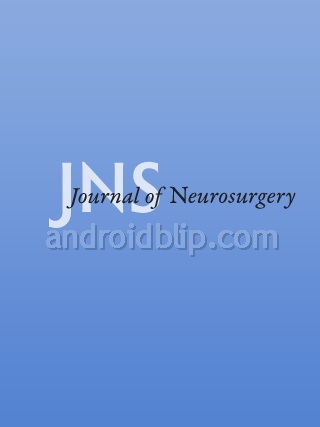
TDR: Safety and favourable outcomes obersved with Kineflex|C artificial disc

TDR: Safety and favourable outcomes obersved with Kineflex|C artificial disc
Prospective, randomized, multicenter study of cervical arthroplasty: 269 patients from the Kineflex|C artificial disc investigational device exemption study with a minimum 2-year follow-up: clinical article
J Neurosurg Spine. 2011 Oct;15(4):348-58. doi: 10.3171/2011.5.SPINE10769. Epub 2011 Jun 24Did you know you're eligible to earn 0.5 CME credits for reading this report? Click Here
Synopsis
269 patients were randomized to determine the efficacy and safety of cervical arthroplasty with the Kineflex|C artificial disc in treatment of cervical radiculopathy. Patients were allocated to receive either cervical total disc replacement with the Kineflex|C cervical disc or anterior cervical discectomy and fusion, and were followed-up for a minimum of 24 months. Results at 24 month follow-up in...
To view the full content, login to your account,
or start your 30-day FREE Trial today.
FREE TRIAL
LOGIN
Forgot Password?
Explore some of our unlocked ACE Reports below!

Learn about our AI Driven
High Impact Search Feature
Our AI driven High Impact metric calculates the impact an article will have by considering both the publishing journal and the content of the article itself. Built using the latest advances in natural language processing, OE High Impact predicts an article’s future number of citations better than impact factor alone.
Continue



 LOGIN
LOGIN

Join the Conversation
Please Login or Join to leave comments.